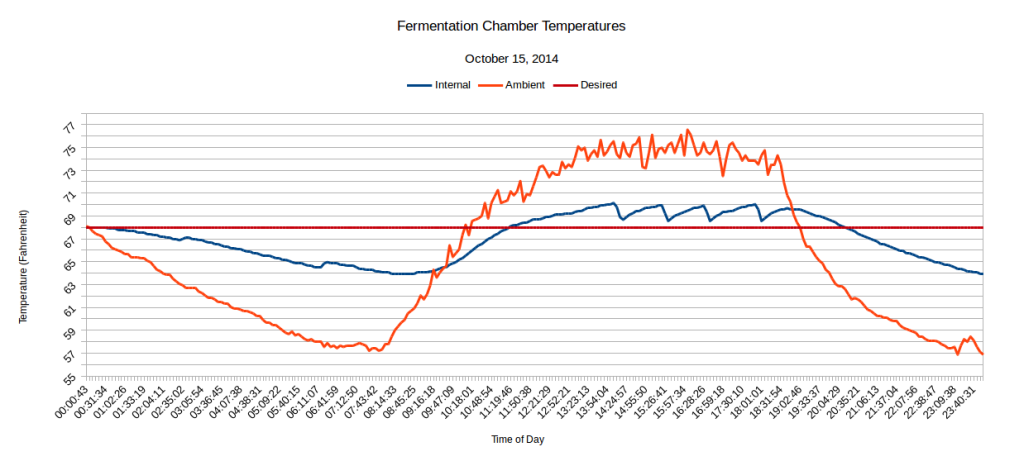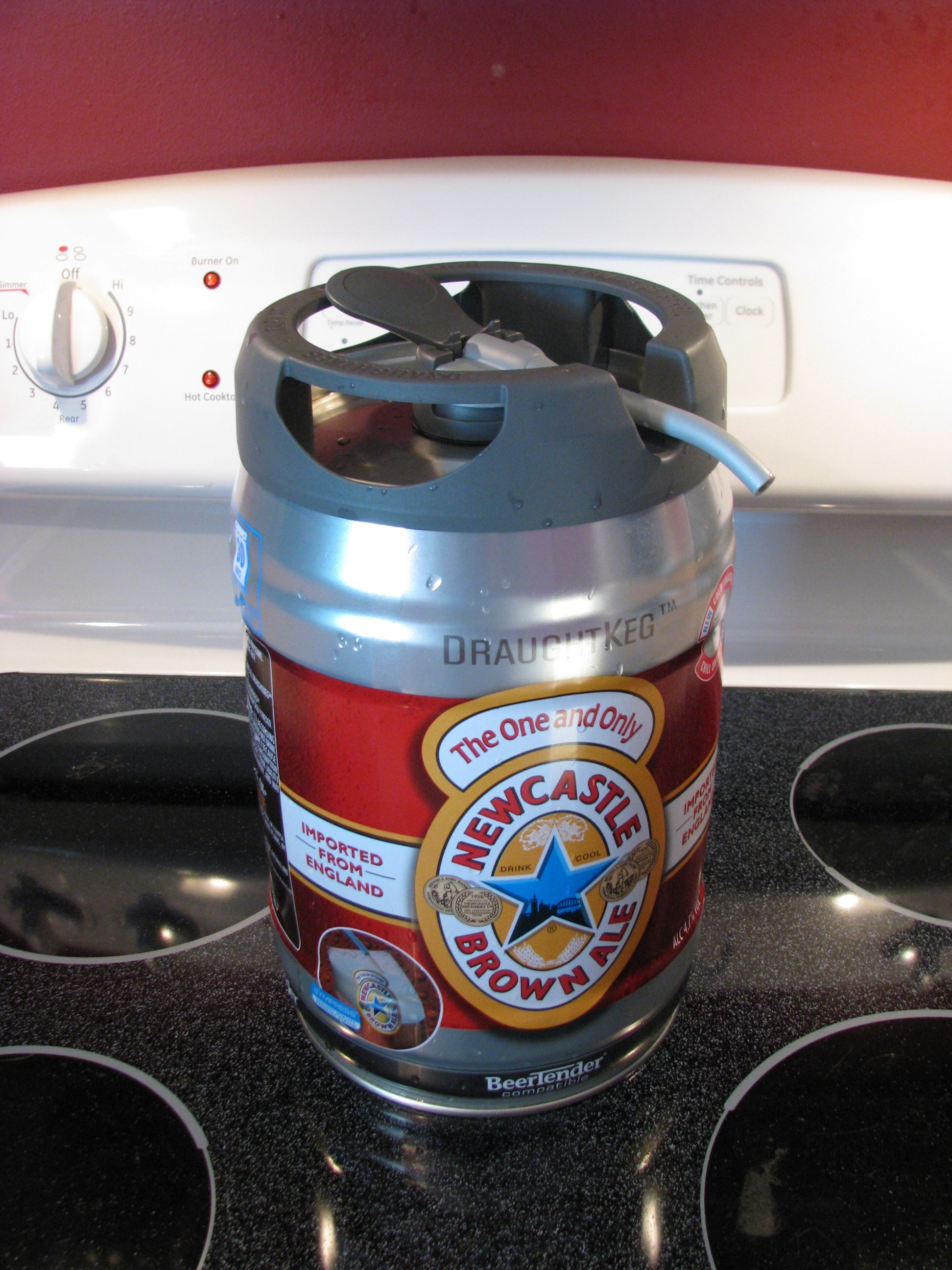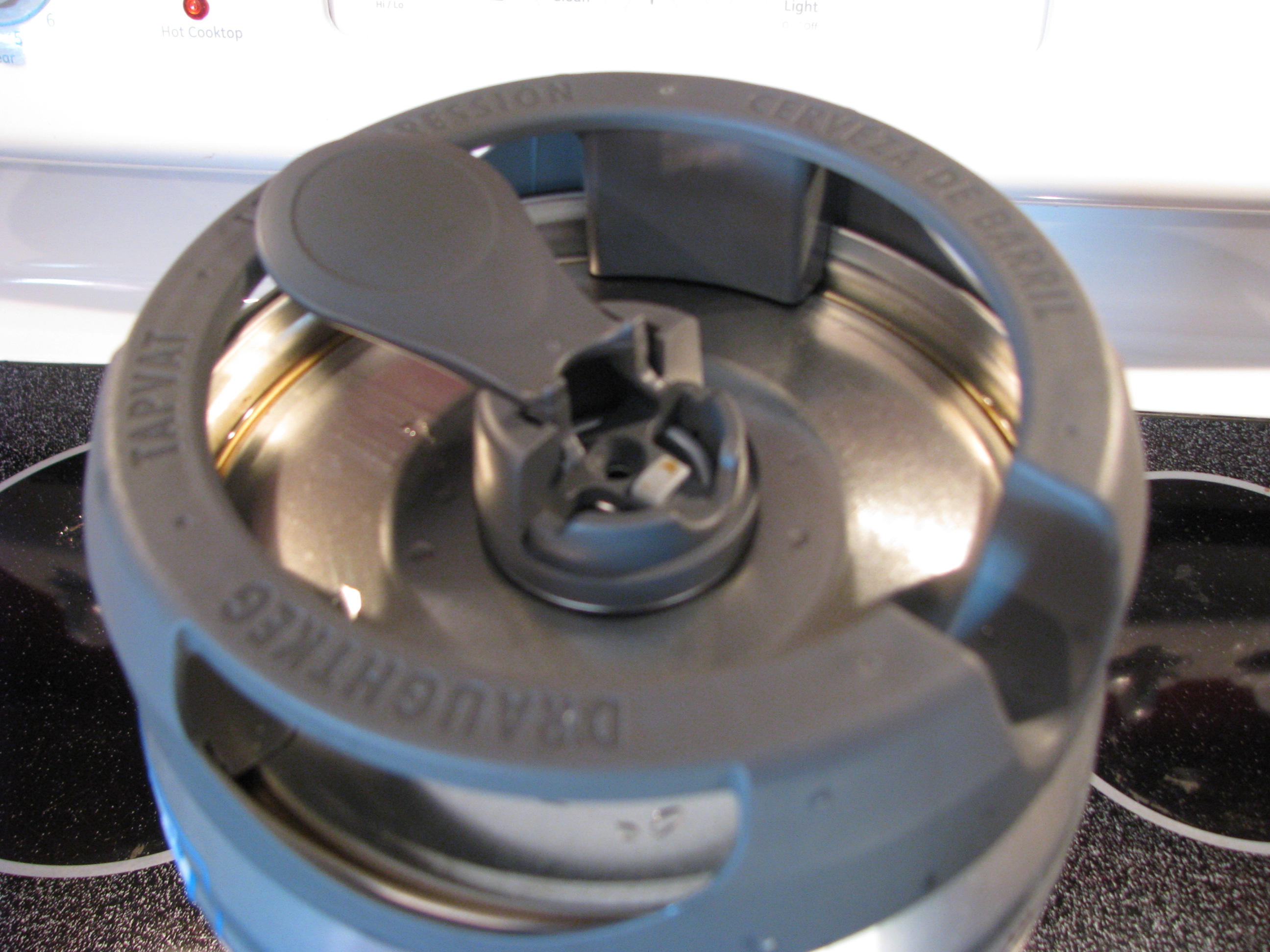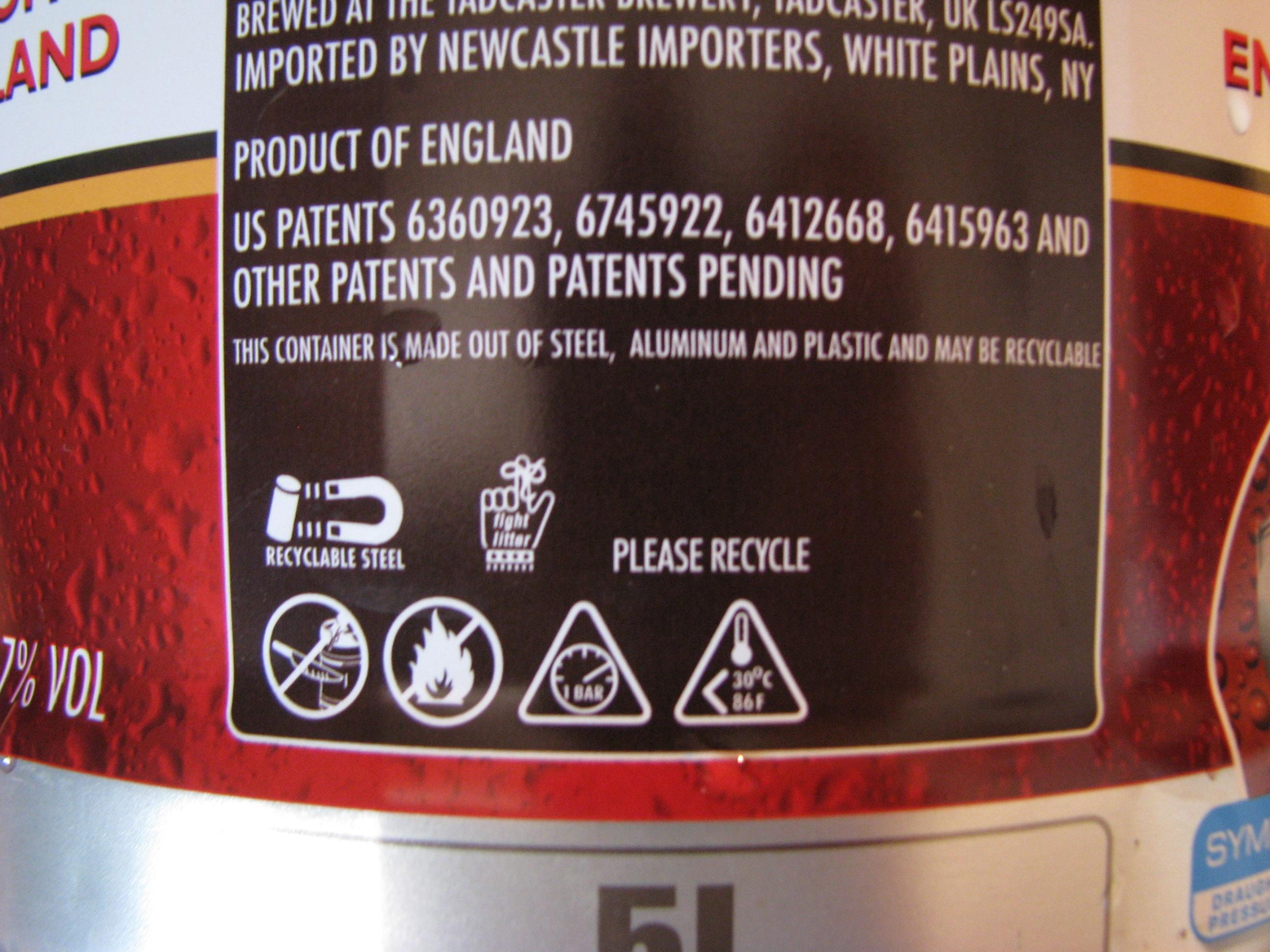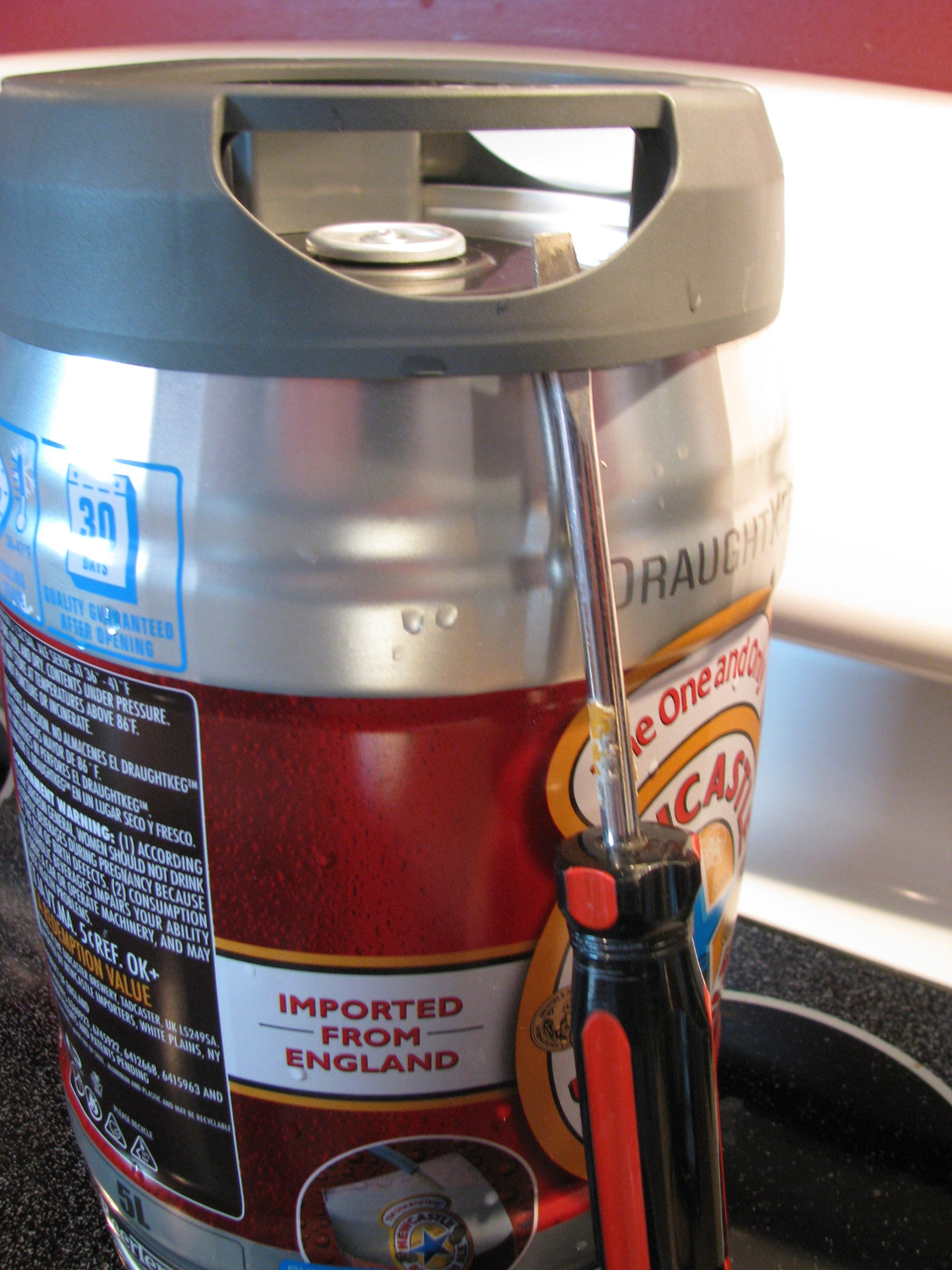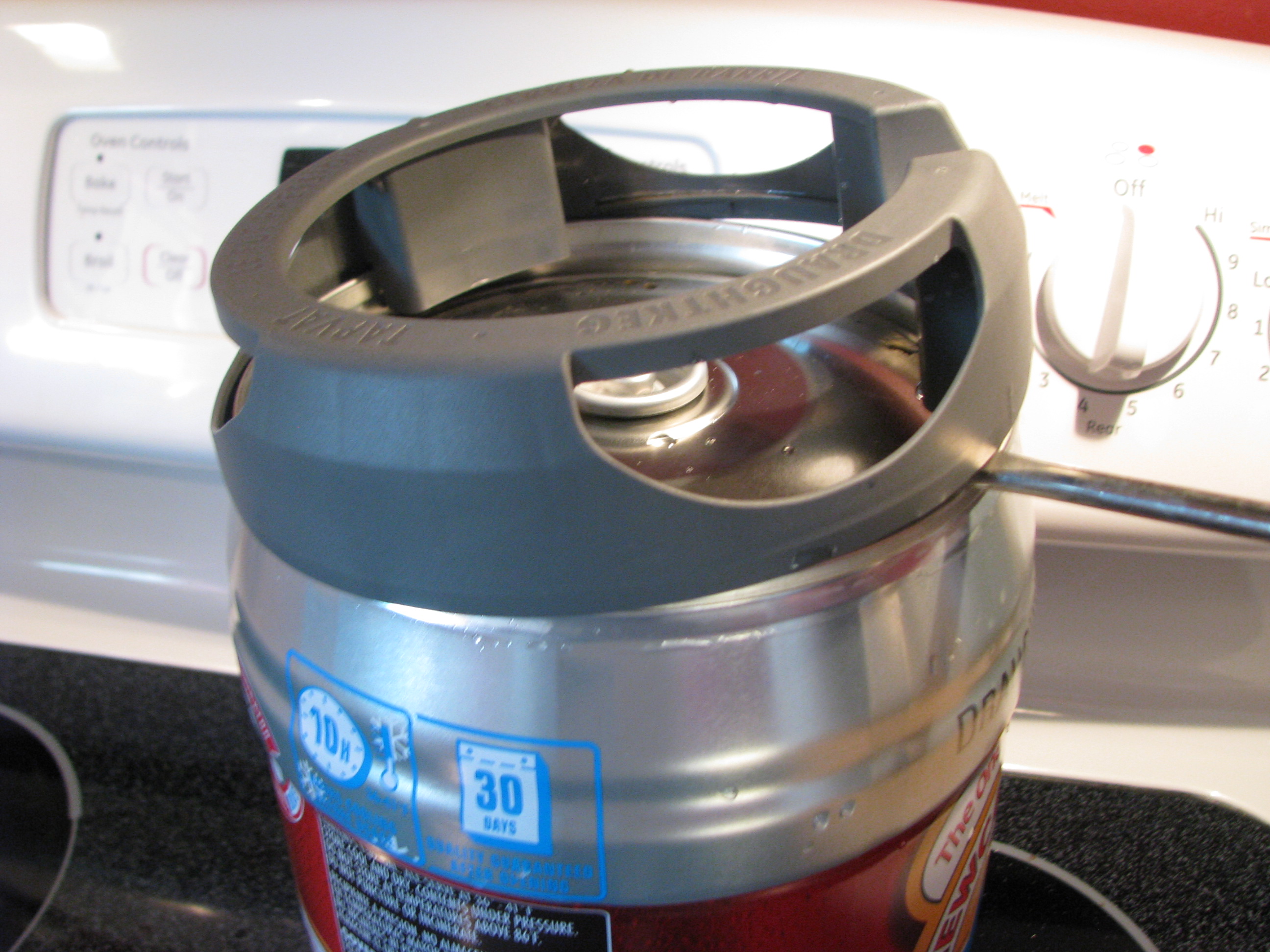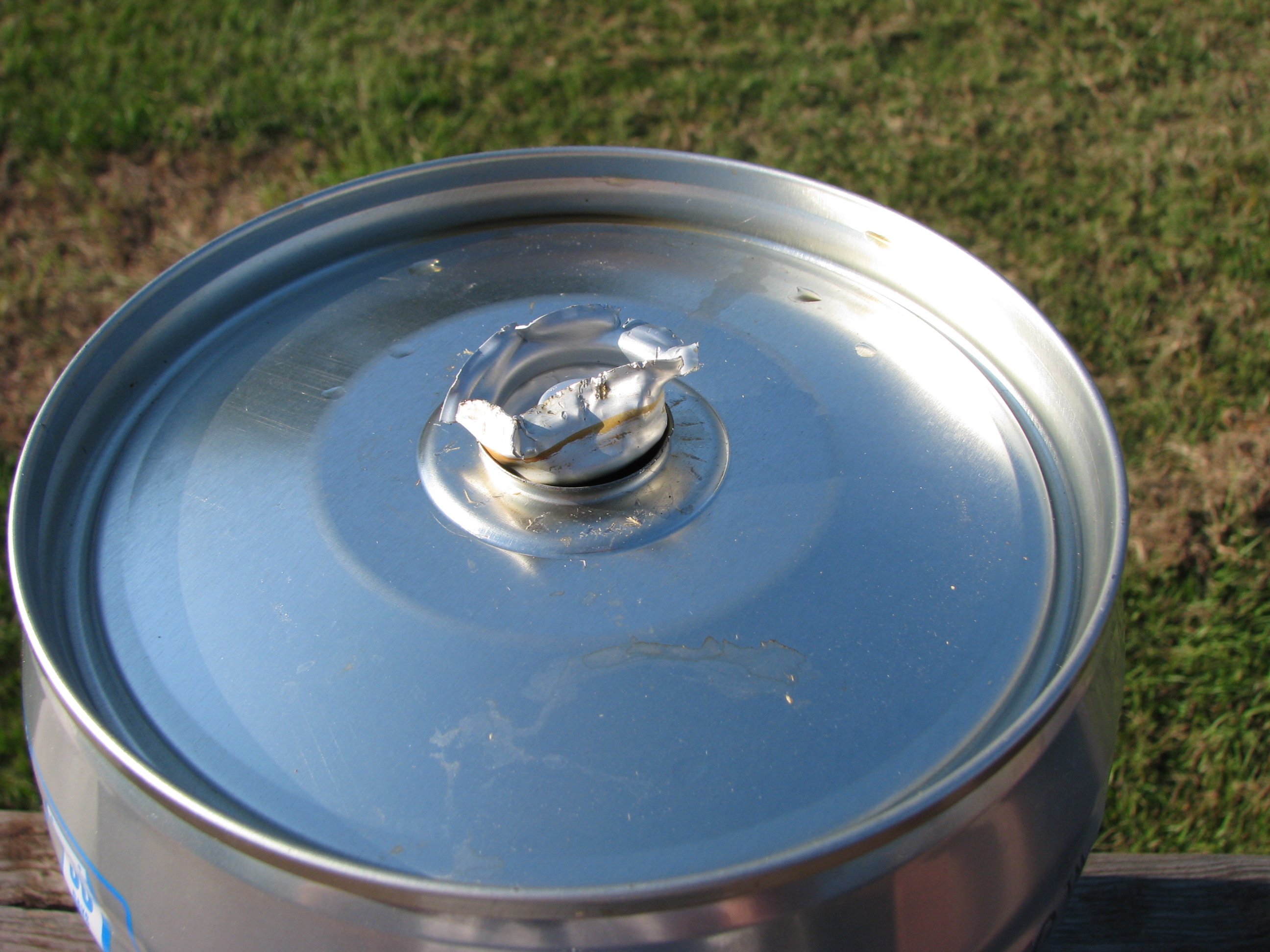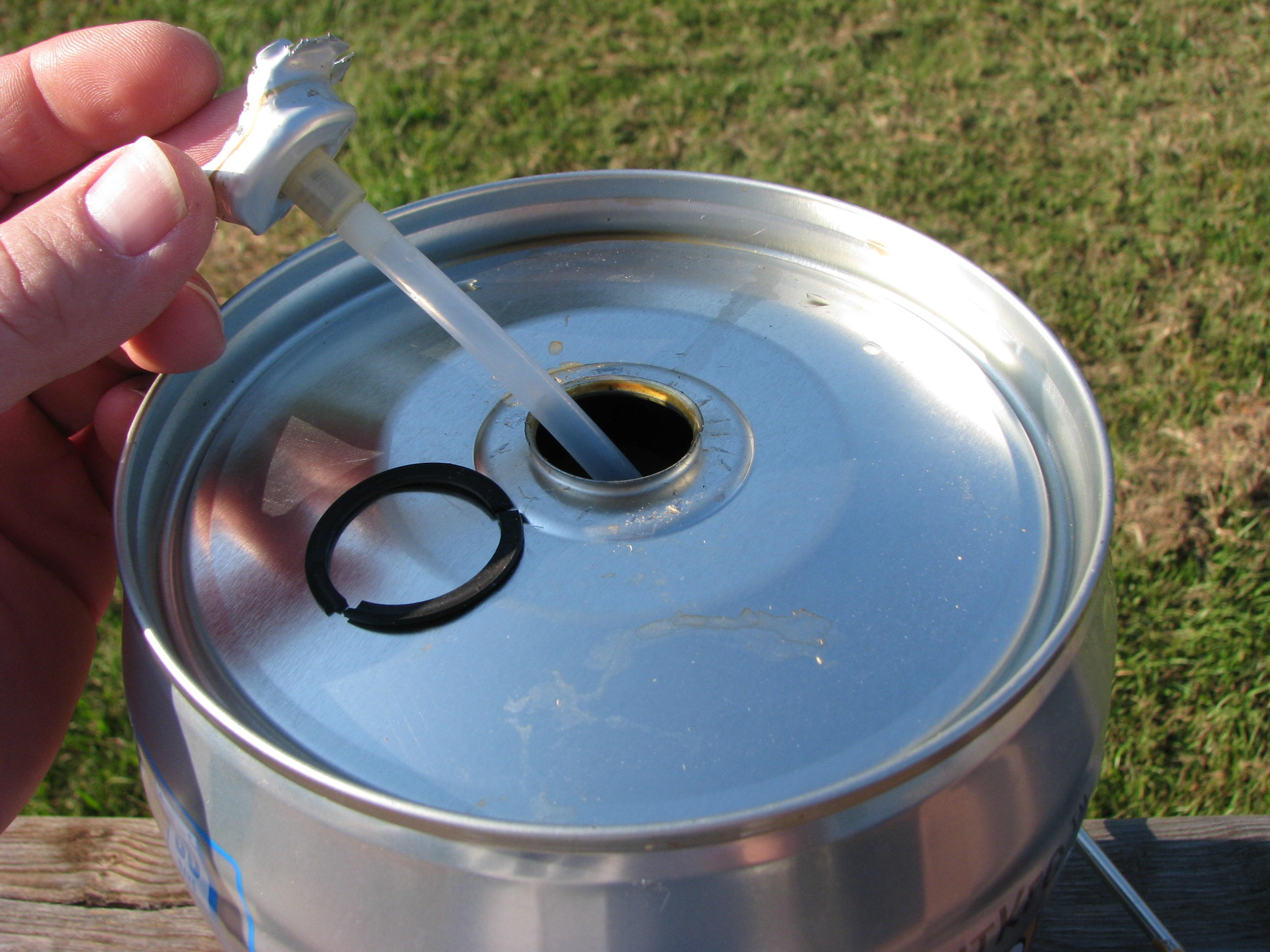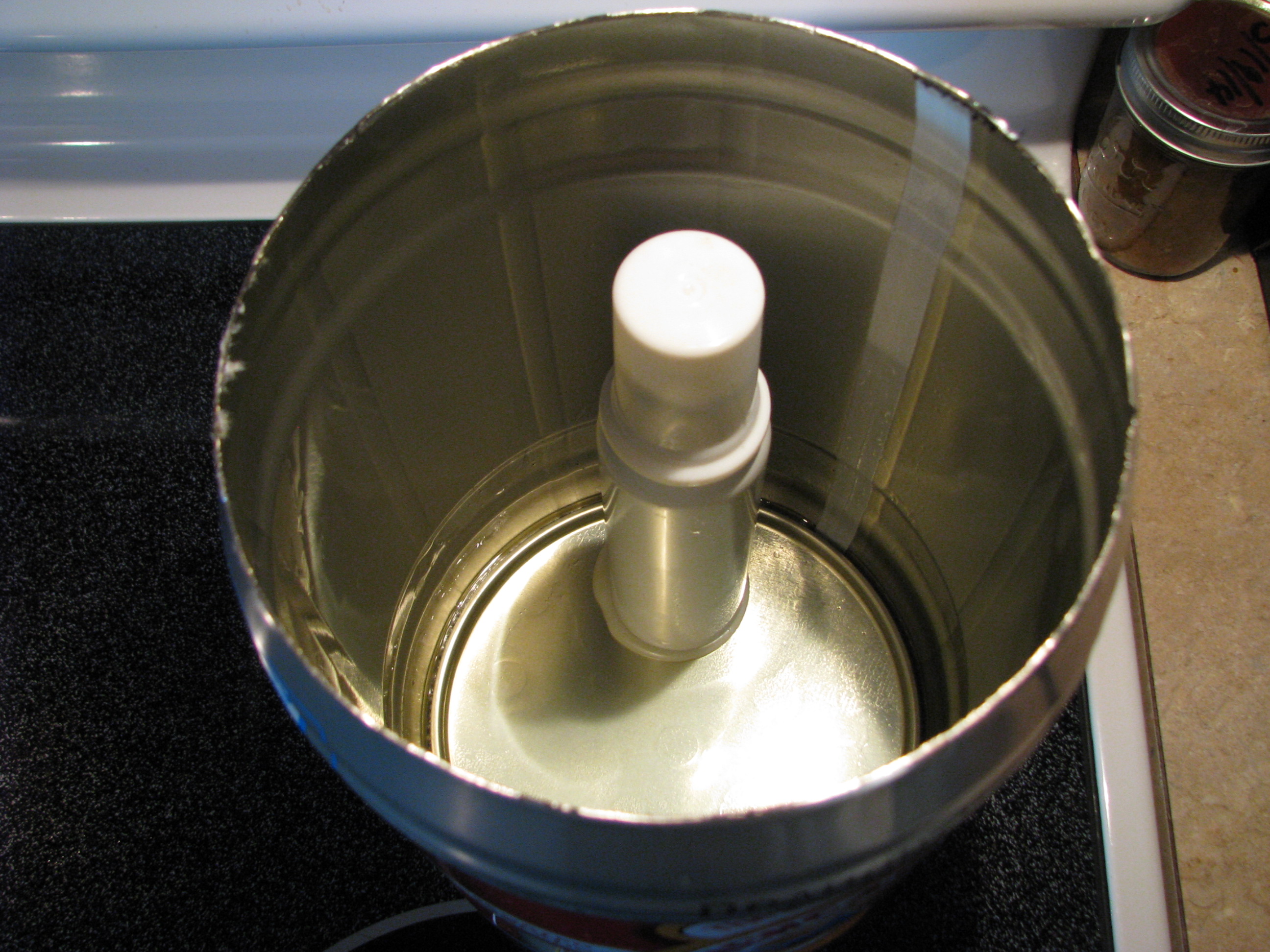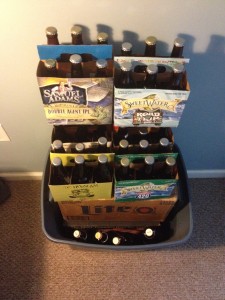Last night I was putting together a new recipe for this year’s Pumpkin Ale. Back in 2012 I made a decent one with dried malt extract, but since I’ve stepped up to all-grain brewing I need to convert the recipe from extract to all-grain. I came across this old article at BYO on converting an amount of extract to an equivalent amount of grain, and there’s a technical aspect of this that I like. It goes something like this:
A pound of dried malt extract (DME) brings a gallon of water to a specific gravity of 1.045. That, we say, is 45 points. One pound of the 2-row grains I intend to use will bring a gallon of water to 1.036 SG, equalling 36 points, but only at 100% efficiency. Assuming my home brewery will only get 75% efficiency, I will get 75% of those 36 points, which is 27.
Stay with me here…
We divide those two values (the DME points and the grain points) to get a percentage of points that the DME has over the grains:
45/27 ≈ 1.67
My original recipe calls for 3 pounds of DME, which when multiplied by 1.67 is 5.01. This means I will need 5.01 pounds of grain to get the equivalent amount of fermentables I would have with 3 pounds of DME.
While I enjoy all the math and science that brewing lends I can’t help but sit back and say to myself, “Dude… You’re making homebrew. It’s supposed to be fun – not rocket science.”
And I say “self, I agree.” There is some interesting fun with trying the math, but realistically there is no way (in my home brewery) to accurately gauge mash efficiency. Hell – I might be doing something accidentally right to get 89%, but who knows? Even if I sweat over the details and get exact measurements of grain according to the formula output, I’ll never really know if my all-grain batch came out just the same as the extract. In all likelihood the product will be good and at least similar to the extract batch, and the details won’t keep me up at night.
Those kinds of details matter to professional brewers, but I doubt they use malt extracts in their pilot systems.
one inside the fridge and one hanging outside to measure ambient temperature. Now that a full 24-hour period has passed, I have some data!


